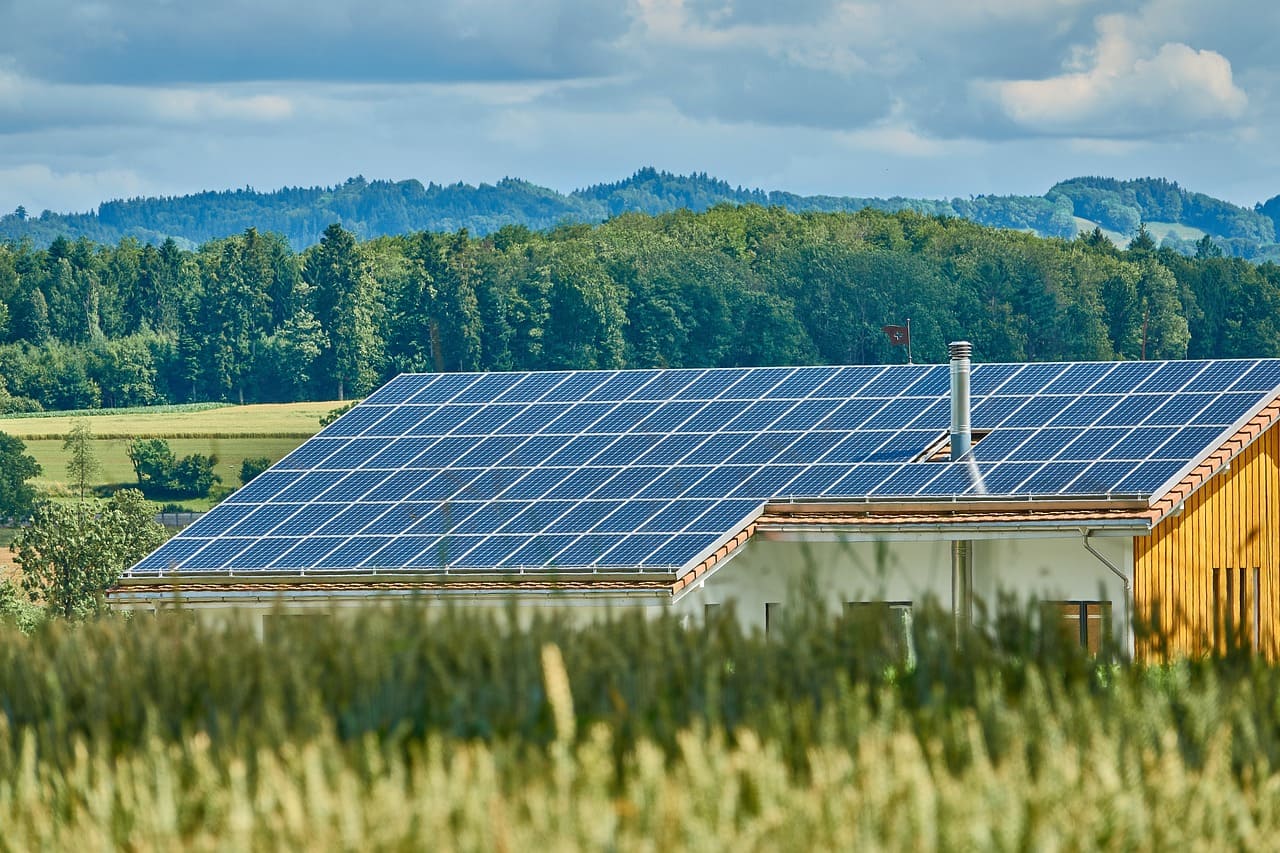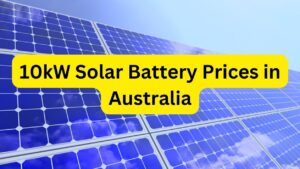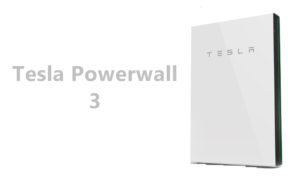
In the pursuit of sustainable energy, understanding the intricate dance between the sun and solar panels is key. Let’s delve into the fascinating realm of solar panel work and decipher the mechanisms that power our homes and businesses.
Harnessing the Power of the Sun
Solar energy operates as a silent, efficient conductor, transforming the sun’s radiance into electricity for our daily needs. The sun, our natural nuclear reactor, dispatches energy in the form of photons, traveling 149.6 million kilometers in a mere 8.5 minutes to reach Earth. Astonishingly, each hour supplies enough photons to theoretically fulfill global energy needs for an entire year.
While solar energy isn’t omnipresent, it aligns with peak demand periods, thriving during daylight and sunny intervals. In the sun-drenched expanse of Australia, where sunlight is abundant, harnessing this energy becomes a strategic and environmentally friendly endeavor.
How Do Solar Panel Work?
At the heart of this energy transformation are solar cells, the unsung heroes of solar panels. When photons collide with these cells, they liberate electrons from their atomic confines. Connecting conductors to the positive and negative sides form an electrical circuit, paving the way for the flow of electrons, and ultimately generating electricity. Picture multiple cells crafting a solar panel, and a collection of panels woven together creating a potent solar array—the more, the merrier in the pursuit of energy abundance.
What are Solar Panels Made of?
Photovoltaic (PV) solar panels boast an intricate composition, housing numerous solar cells enveloped in various types of glass packaging. Silicon, akin to semiconductors, takes center stage in these cells. A positive and negative layer within the cells generates an electric field, resembling the workings of a battery. To fortify these panels against environmental wear, Solar panel employs aerospace-grade conductive adhesives and proprietary encapsulants.
How Do Solar Panels Generate Electricity?
PV solar panels give birth to direct current (DC) electricity, where electrons traverse a unidirectional circuit. Conversely, the Australian electrical power grid thrives on alternating current (AC). The solution? Enter the inverter.
Bridging the DC-AC Divide
A solar inverter assumes the role of the cerebral cortex in this energy symphony. It transforms the DC electricity from the solar array into AC electricity, the lifeblood of our power grids. In addition to this pivotal conversion, inverters play guardian, offering ground fault protection and delivering essential system statistics—voltage, current, energy production, and maximum power point tracking.
Traditionally dominated by central inverters, the landscape witnessed a transformative shift with the advent of micro-inverters. Unlike their centralized counterparts, micro-inverters tailor optimization to individual solar panels, ensuring peak performance even if one panel faces challenges, such as shading or dirt accumulation.
How Does a Solar Panel System Operate?
Embarking on a solar-powered journey at home mirrors a seamless ballet. Sunlight kisses the rooftop solar panel, initiating the conversion of energy into DC. The inverter, akin to a maestro, orchestrates the transformation of DC to AC electricity, ready to power your home. The simplicity and cleanliness of this process, evolving in efficiency and affordability, make solar energy an increasingly viable choice.
Yet, what happens when your home isn’t consuming solar-generated electricity during the day, or when the sun takes a bow for the night? Fear not; the concept of “feed-in tariffs” steps in, offering an additional layer of benefit based on your state and energy retailer.
Also read: How Many Solar Panels Do You Need
Maximizing Solar Gains
In the radiant daylight hours, a grid-tied PV system often produces surplus energy. This excess energy gracefully flows back into the grid, earning you credits. These credits become a valuable currency, allowing you to draw from the conventional grid during nighttime or cloudy days. The “feed-in tariff” becomes the rate at which you effectively sell your solar-produced power back into the grid—a symbiotic dance of giving and receiving.
By embracing solar power, you’ve not only made a prudent financial decision but also contributed to the noble cause of environmental conservation. The decision to switch to clean, renewable energy aligns with a future where sustainability meets efficiency.
Conclusion
As we unravel the intricacies of how solar panels work, we unveil a path to a brighter and more sustainable tomorrow. The synergy between the sun’s boundless energy and the innovative technology of solar panels empowers us to transition towards cleaner, greener power sources. The journey doesn’t end with the installation of solar panels; it marks a commitment to a future where every photon captured contributes to a world powered by renewable energy. Embrace the solar revolution, not just for today, but for the countless tomorrows where the sun continues to be the guiding force towards a cleaner, energy-efficient world.
Read Next Blog:







1 thought on “How Does a Solar Panel Work”
Comments are closed.